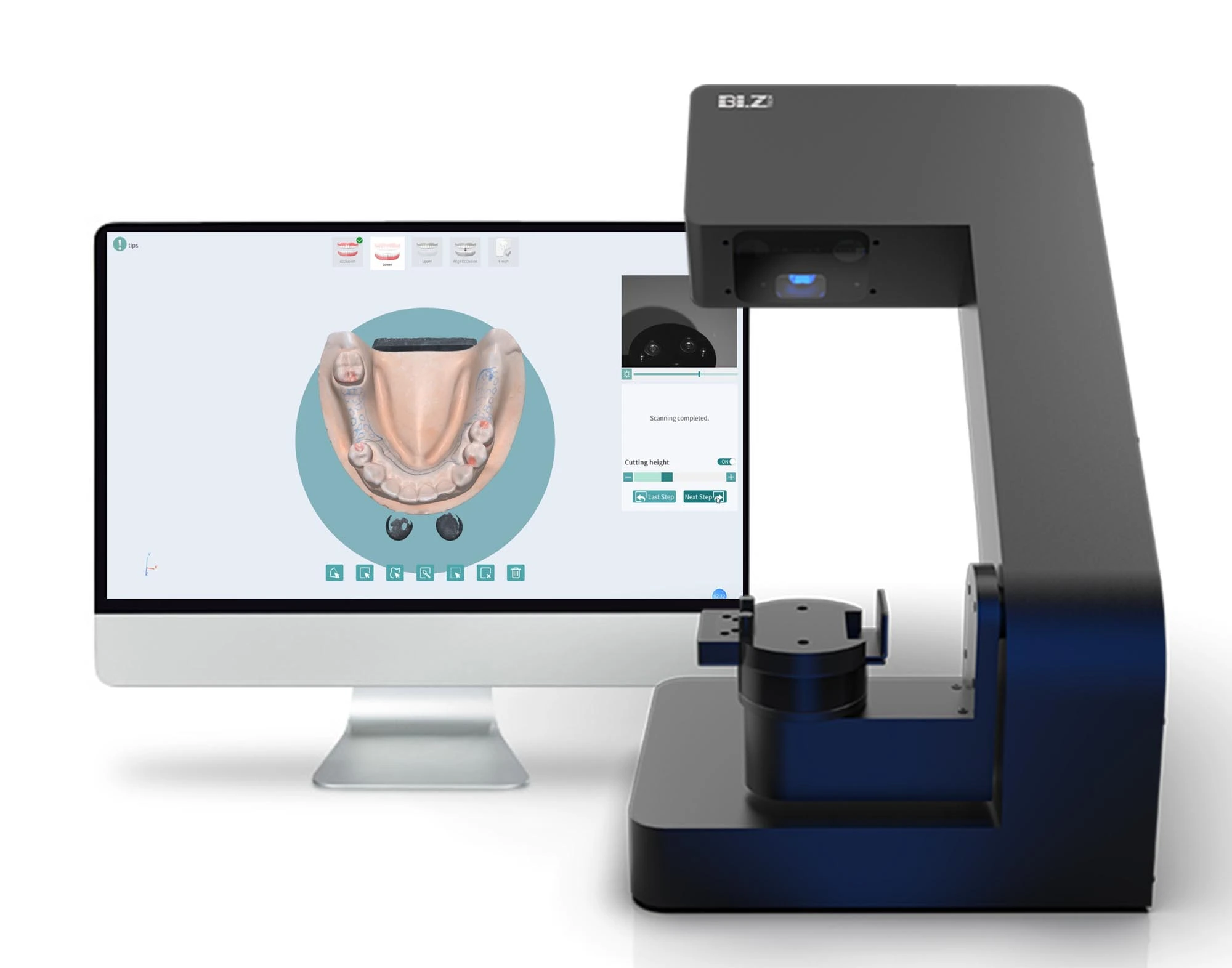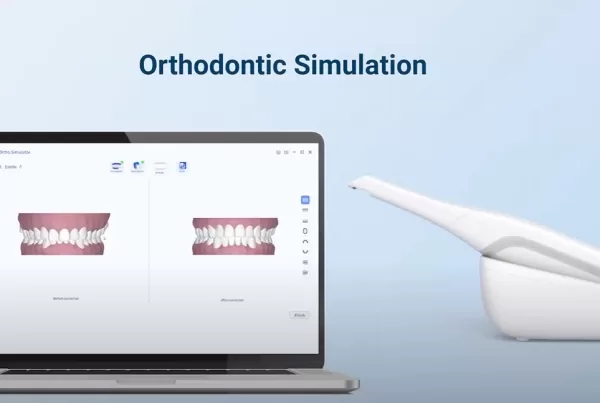
When we talk about the digital dental lab, we have to mention the CAD/CAM system. There has been a lot of discussion regarding open and closed architecture in respect to dental chairside and lab CAD/CAM systems. What does each mean? Is one better than another?
What is a closed / open CAD/CAM system?
The main difference between a closed CAD/CAM system and an open CAD/CAM system is that a closed CAD/CAM system does not integrate with any components manufactured by another company. In other words, closed systems are entirely proprietary, whereas an open CAD/CAM system can be integrated with the components manufactured by many third-party vendors.
A closed CAD/CAM system has very limited flexibility. It does not allow the end user to pick and choose different options for their design and manufacturing operations. Usually, they have their own proprietary file systems, not allowing you to use them with other equipment. Closed systems also often require sourcing material from one provider, versus from the open market of providers.
This does not mean that a closed CAD/CAM system does not have any benefits. Sometimes a multiple-vendor component system is not guaranteed to integrate seamlessly or perform optimally. Depending on the manufacturer, quality standards can be more adhered to with a closed system.
Open CAD/CAM systems are components that can design and create your dental prosthesis using the same neutral file formats, such as STL.
Open systems provide you with the following benefits:
- More choices
With an open system, you have a greater range of brands to choose from. Not only the scanners and software, but there are also a large assortment of milling machines available. Just source your own material and tools. Unlike the closed system, you are not forced into buying specific equipment.
- More potential partners
Working with the open CAD/CAM system, you will have more opportunities to choose your partner. For example, if a clinic and lab have been working together to produce prostheses for several years and have become trusted partners. Suddenly, if one implements a closed CAD/CAM system, the other will need to acquire the same system. If not, the partnership could no longer be continued as their systems would no longer be compatible. This could all be avoided with an open system.
- Easier to update and innovate
Due to the flexibility and compatibility, open system allows the lab or clinic to follow the technological trends of the technological age. Unlike with an open system, a closed system needs to wait for a specific brand that works with their system to provide updates rather than being free to replace parts whenever new technology comes out. And everyone with the same closed system will be able to do the same parts in the same way, thus not allowing for innovation or customizing.
